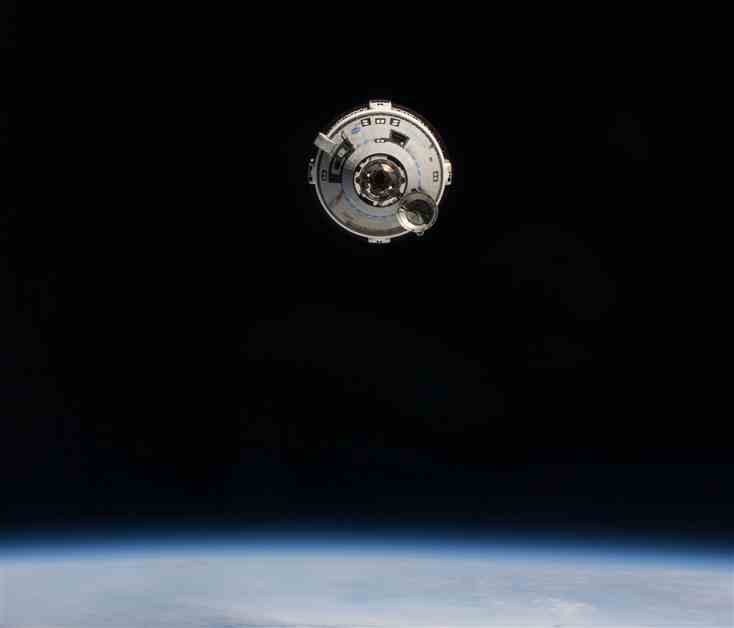NASA recently announced that Boeing’s CST-100 Starliner spacecraft has encountered another helium leak, marking the fifth leak in its propulsion system. This minor leak was detected as engineers prepare the spacecraft for its return to Earth next week.
Initially, NASA indicated that there were four leaks in the spacecraft in a briefing following its docking with the International Space Station on June 6. However, a statement released on June 10 revealed the presence of a fifth leak in the service module helium manifolds. NASA spokesperson Josh Finch mentioned that the latest leak was smaller, recording at 1.7 psi per minute.
The first leak was detected on June 5, just before the spacecraft’s launch, with additional leaks identified post-launch. The leaks were addressed by closing the helium manifolds to prevent further leakage. Despite the leaks, NASA estimates that Starliner has enough helium to support 70 hours of flight operations, while only seven hours are required for the return journey to Earth.
In addition to the helium leaks, engineers are investigating a reaction control system thruster that malfunctioned during the flight to the ISS. Four other thrusters were temporarily disabled by flight software but were later reactivated. Moreover, an RCS oxidizer isolation valve in the service module remains improperly closed.
The collaborative efforts of the commercial crew program, Boeing, and ISS teams are crucial in formulating a plan for the spacecraft’s undocking and reentry. While NASA initially planned for an undocking on June 14, the date was rescheduled to no earlier than June 18 to avoid conflicting with an ISS spacewalk on June 13.
NASA astronauts Butch Wilmore and Suni Williams, who piloted Starliner to the ISS, have been actively involved in conducting tests and experiments aboard the spacecraft. Both astronauts have commended the precision and performance of Starliner, with Wilmore expressing admiration for the spacecraft’s maneuverability.
Boeing’s vice president and commercial crew program manager, Mark Nappi, highlighted the positive feedback from the astronauts and emphasized the importance of leveraging flight data to enhance the spacecraft’s capabilities. Moving forward, collaborative efforts and thorough testing will be pivotal in ensuring a successful undocking and reentry process for Starliner.
















